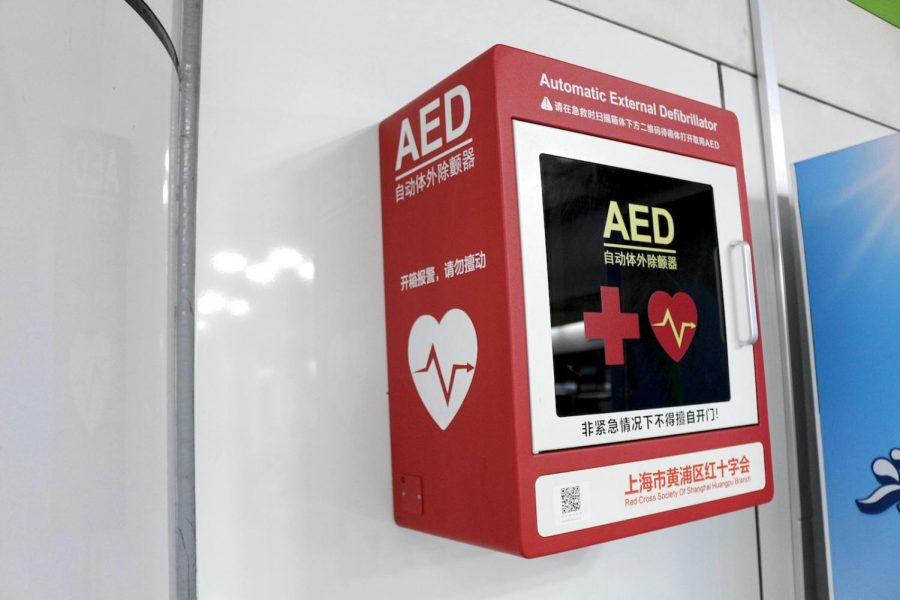A Closer Look At Defibrillators
Defibrillators have been used to save peoples lives for decades and now you can learn how they work.
Introduction
A defibrillator, a life-saving medical device, it’s used to treat sudden cardiac arrest, when the heart stops beating suddenly due to an electrical issue. Defibrillators deliver an electric shock to the heart, which can restore the heart’s normal rhythm and save a life.
Defibrillators can be broken down into two main categories: internal and external The most prevalent type, external defibrillators can be found in public places like shopping malls, train stations, and airports. Additionally, healthcare professionals and emergency medical services (EMS) make use of them.
External defibrillators
External defibrillators are portable devices that deliver an electric shock to the chest using pads that are affixed to the patient’s skin. The gadget checks the patient’s pulse to check whether a shock is essential. If this is the case, the defibrillator delivers a shock that prevents the abnormal heartbeat and restores normal heart rhythm.
Internal defibrillators
Internal defibrillators, also known as implantable cardioverter-defibrillators (ICDs), are devices that are surgically inserted beneath the skin of the chest. They are used to treat patients who are at high risk for sudden cardiac arrest due to underlying heart conditions like arrhythmias, heart failure, or previous heart attacks.
When required, ICDs can deliver an electric shock and constantly monitor the heart’s rhythm. They also have a pacing function that can assist in maintaining a normal heart rate if the heart is beating too slowly.
Defibrillators have revolutionized the treatment of sudden cardiac arrest, which was previously thought to be almost always fatal. According to some studies, up to 90% of patients who are treated with a defibrillator within a few minutes of the onset of cardiac arrest survive. Survival rates have significantly increased with the use of defibrillators.
Risks
Nonetheless, defibrillators come with some risks. If the device is used incorrectly, the patient may sustain burns, bruises, or other injuries. The device may, in rare instances, cause the patient to experience a harmful electrical shock or an abnormal heartbeat.
To guarantee the safe use of defibrillators, the appropriate training is required. The gadget ought to be utilized accurately and the moves toward taking in a crisis ought to be recognizable to laypeople, EMS laborers, and medical services experts.
Defibrillators should also be properly maintained and regularly checked to ensure that they function properly. The manufacturer recommends replacing the electrode pads and batteries to ensure that the device is always ready to use.
Conclusion
In conclusion, defibrillators, vital life-saving devices, are used to treat sudden cardiac arrest. For them to be safe and effective, they need to be properly trained and maintained, but their survival rates for this condition are significantly higher. If the appropriate information and resources are utilized, defibrillators have the potential to save numerous lives and contribute to improved health outcomes for all.
Related Stories
Take Action















